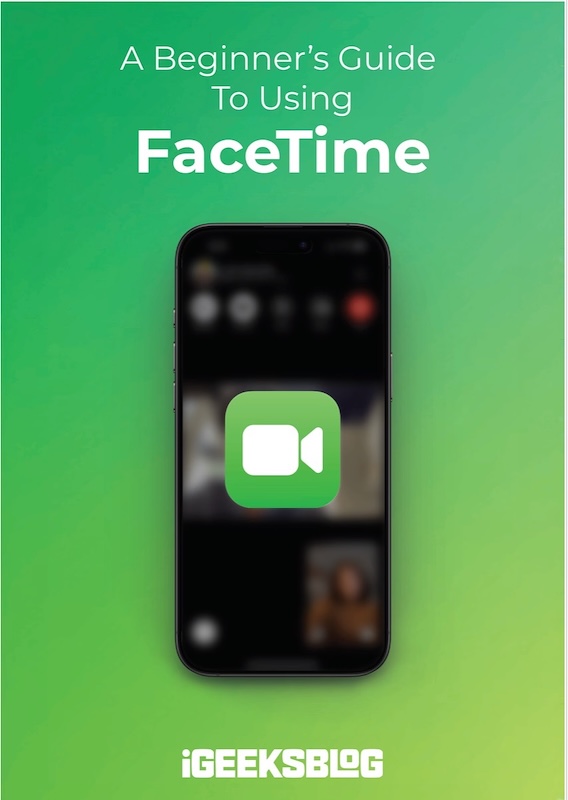
FaceTime Like a Pro
Get our exclusive Ultimate FaceTime Guide 📚 — absolutely FREE when you sign up for our newsletter below.

FaceTime Like a Pro
Get our exclusive Ultimate FaceTime Guide 📚 — absolutely FREE when you sign up for our newsletter below.
Apple is being sued after a scam app on the App Store cost a user $80K, raising doubts about its safety and trust claims.
Apple is being sued again. But this time, it’s not about antitrust or developer rules. It’s about trust—the trust Apple promises every time you open the App Store.
A class action lawsuit filed in California accuses Apple of allowing a scam crypto app called Swiftcrypt onto its App Store, which ultimately stole over $80,000 from one user. The case raises serious questions about Apple’s long-standing claims that its App Store is a safe and secure space.
In late 2024, Danyell Shin, a marketing and communications professional, downloaded Swiftcrypt from the App Store. It appeared to be a legitimate cryptocurrency trading app. She found it through an online investment group and, trusting Apple’s vetting process, transferred her money in. Then the app froze her account, and her money disappeared. Classic “pig butchering” scam: build trust, drain funds, vanish.
However, this lawsuit doesn’t just target Swiftcrypt. It targets Apple.
The lawsuit says Apple gave users a false sense of security by branding the App Store as a “safe and trusted” place. Apple has often said that its strict app reviews and anti-fraud checks protect users. The complaint argues that those claims are misleading if scams like Swiftcrypt can still get through.

Shin’s legal team points to:
According to the lawsuit, Swiftcrypt failed all of that, and Apple let it slide.
The complaint says Apple didn’t just allow a scam. It profited from the illusion of safety. Even free apps like Swiftcrypt bring value to Apple because the perceived security boosts the value of iPhones.
Shin’s lawyers argue that people overpaid for their iPhones, thinking the App Store was bulletproof. They’re asking for financial compensation for the money lost in the scam (in Shin’s case, over $80,000), as well as for what they claim is the overpayment for iPhones based on misleading App Store safety promises.
They are also asking Apple to run a public campaign to warn the public that not all apps are safe, even on the App Store.
Apple hasn’t responded to the case yet. But this isn’t new territory. The App Store has faced criticism before, notably in the Epic Games lawsuit and a separate $2 billion antitrust case in the UK.
Still, this lawsuit cuts deeper. It strikes at Apple’s core promise: that if an app is on the App Store, it’s been checked and it’s safe.
If Shin’s allegations are true, then Apple failed to stop a fraudulent app from entering a marketplace it alone governs. And that failure comes at a time when Apple is fighting to keep exclusive control over the App Store globally. In the EU, third-party app stores are already allowed, and similar changes may be forced worldwide. Apple has always argued that its single-store model protects user privacy and security. Back in 2021, Craig Federighi even called sideloading a “gold rush for cybercriminals.”
But this lawsuit raises a sharp counterpoint: if fraud is already leaking through Apple’s strict gatekeeping, will users really be safer? Or is the company simply holding on to control because it’s profitable?
When the trust Apple sells breaks, it doesn’t just cost users. It puts Apple’s carefully built image on the line.